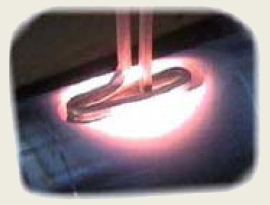| Prof. Dr. rer. nat. habil. Thomas Tröster Lehrstuhl für Leichtbau im Automobil, Paderborn The research of the chair for Automotive light weight construction includes innovative solutions for automotive lightweight, which plays an important role with regard to climate protection. The research includes new lightweight concepts with high-strength steels, hybrid constructions and lightweight materials. The inventory of the department includes a component-crash system, which can reach speeds up to 25 m/s and energies up to 32 kJ, different hydraulic test stands, which are able to test the components with a frequency of up to 15 Hz under varying load, quasi-static test benches and a metallographic laboratory. This allows performing quasi-static, cyclic and dynamic tests. Founded in 2007 with funding from the Benteler AG Foundation. The central research topics can be set out as follows: High-strength metal materials:
One particular focus is methods for the partial tuning of graded part properties for mono and multi-material systems. These include heating methods for press-hardenable steels and also metallurgical and TB strategies for studying material approaches to forming graded material structures in lightweight automotive engineering components. Precisely the thermo-mechanical process of press hardening supplies potential solutions for achieving partially dissimilar component properties through the variation of the starting semi-finished product or the selective process variation of the press-hardening process. Hybrid structures: A further focal point is the introduction of partial reinforcement made of high-strength FRP (particularly CRP) into steel structures (frequently, high-strength steels). Innovative production processes are being developed in the course of this work which will permit a drastic reduction in the cost of producing hybrid components. The full range of different aspects are being examined in the FRP field, from the fiber types and fiber structures, via the matrix systems, right through to the selective optimization of the metal/FRP bond and other aspects.
» Back to Who is Who |
 |
 |

